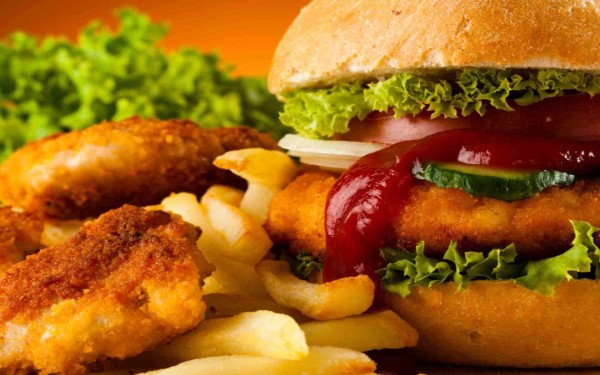The next time you find yourself reaching for that midnight snack even when you’re not hungry, don’t blame your lack of willpower! Blame your brain.
When a lack of a hormone—glucagon like peptide-1 (GLP-1)–was found in a group of mice, researchers discovered that the mice ate more and chose to eat food heavy in fat. Vincent Mirabella, a medical school and doctoral student from the Rutgers University study, stated that “The mice in which the GLP-1 deficiency was induced ate beyond the need for calories and showed an increase preference for high fat food. Conversely when we enhanced GLP-1 signaling in the brains of mice we were able to block the preference of high fat foods.”
What are glucagon like peptide-1s? GLP-1s are amino acids secreted from the small intestine cells. These amino acids send signals to our brains to tell our brains when we should stop eating.
In order to stop the mice from overeating, the researchers found that when the GLP-1s of the mesolimbic system were activated, neurons that controlled eating communicated less effectively. As a result, the mice ate less. Furthermore, they lost their preference for food high in fats.
Image Source: Maren Caruso
Senior author and assistant professor Zhiping Pang says, “These are the same areas of the brain that control other addictive behaviors like drug and alcohol abuse and nicotine addiction. We believe that our work has broad implications in understanding how GLP-1 functions to influence motivational behaviors.”
The research sheds new light on how the central nervous system is responsible for our desire to eat when we’re not hungry. Understanding the motives between our irrepressible impulses will allow us to have a better understanding of how our cravings work. Furthermore, new treatments for obesity are being devised. Specifically, a drug that mimics the GLP-1 hormone may help type II diabetes patients better tolerate sugar. However, researchers agree that further studies are needed.
“By finding out how the central nervous system regulates food intake behavior via GLP-1 signaling, we may be able to provide more targeted therapy with fewer side effects,” said Pang.
Feature Image Source: Wall_Food_10087 by Michael Stern










